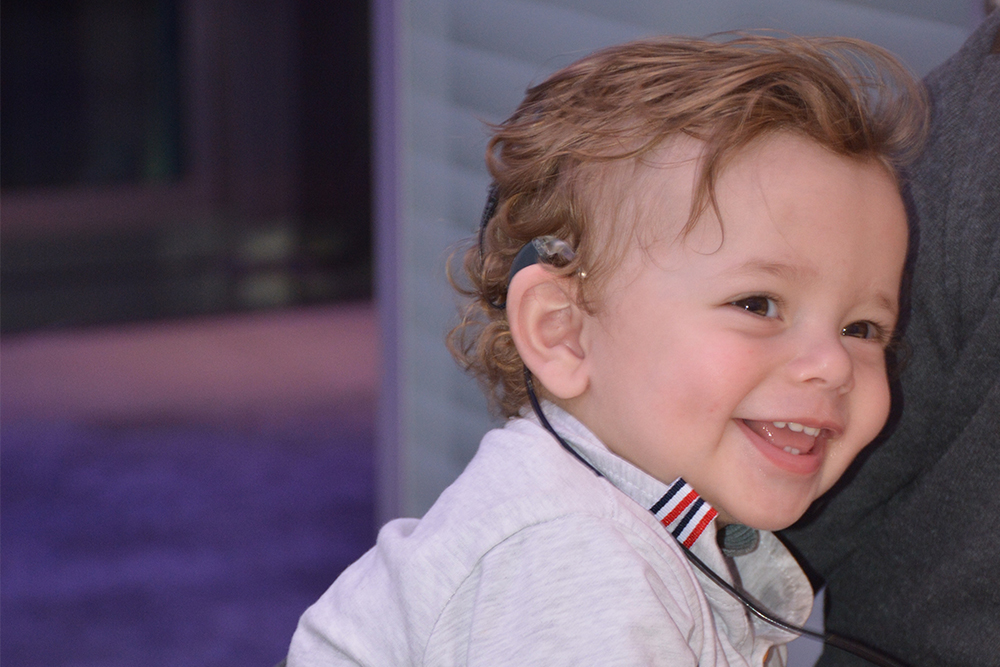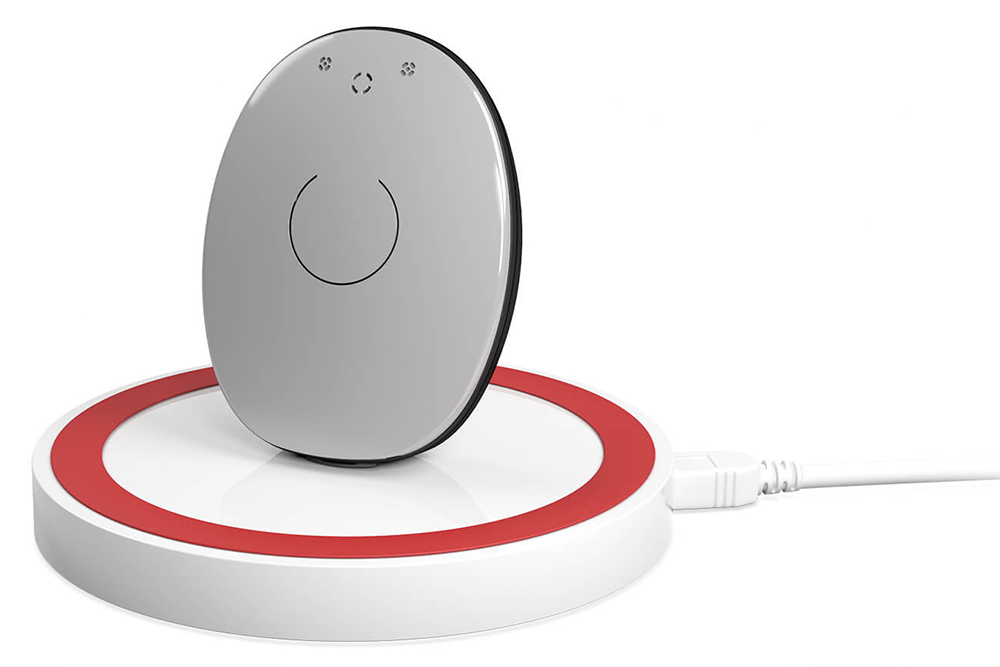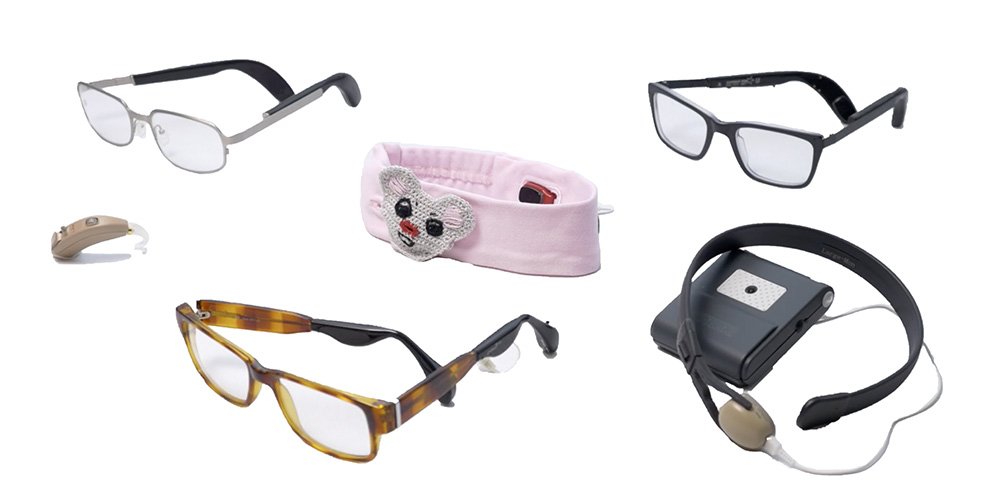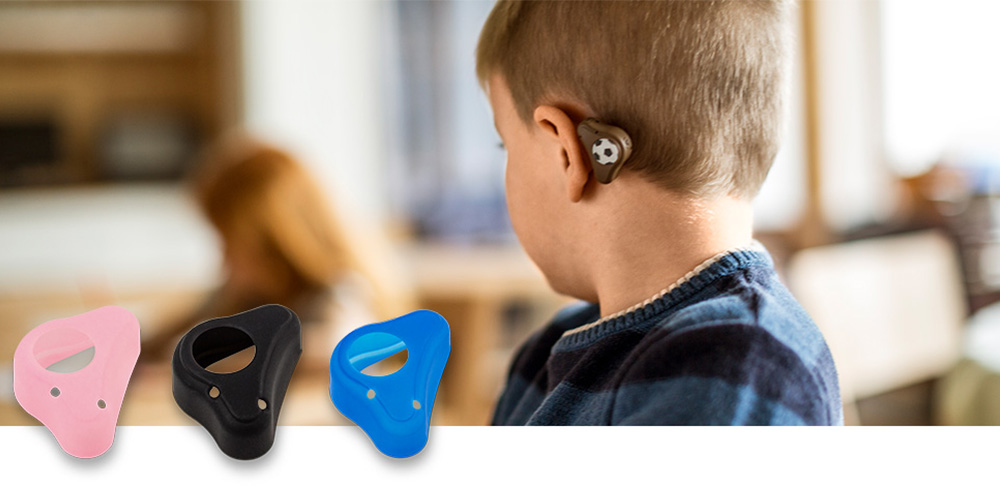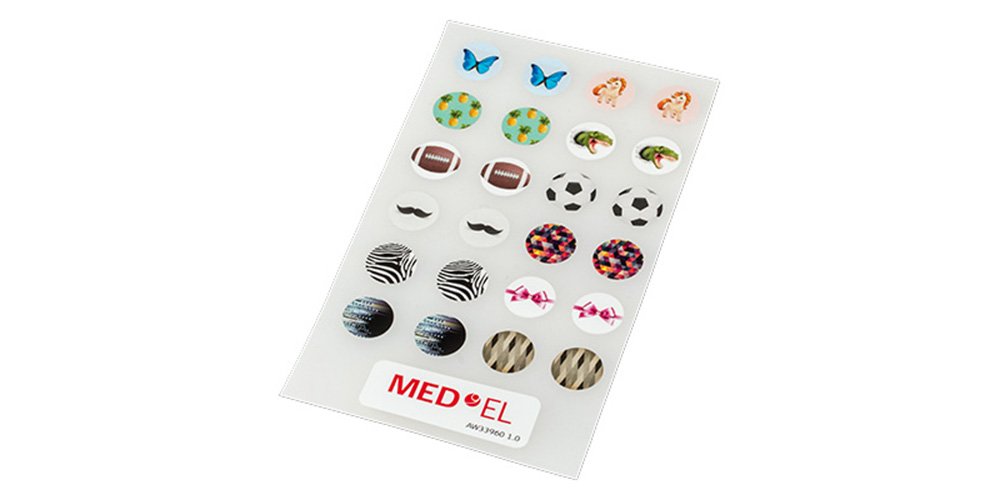A. Cochlear Implants
A cochlear implant is a small electronic device that is placed in the inner ear to directly stimulate the cochlear nerve fibers via electric signals. A cochlear implant is placed in the ears of those suffering from severe to profound hearing loss – a case that cannot be treated using conventional amplification solutions – and an external audio processor is situated behind the patient’s ear, thus restoring their ability to hear by bypassing the inner ear’s damaged parts.
B. Middle Ear Implants
A middle ear implant is a medical prosthesis that is fitted in the middle ear to transmit sound via the direct vibratory stimulation of the middle ear’s small bones. It is used as an alternative to hearing aids among people with moderate-to-severe hearing loss.
C. Bone Conduction Implants
A bone conduction implant is a medical device that overcomes problems in the outer and middle ear by transmitting sound as vibrations through the bone directly to the inner ear, where they are processed as natural sound. The bone conduction implant is most suitable for those with conductive hearing loss, mixed hearing loss and single-sided deafness.
When it comes to offering our clients the latest, innovative medical devices, we turn to solutions provided by the industry’s technology leader in implantable hearing solutions, the Austrian company MED-EL.
Bone Conduction
There are several types of bone conduction devices that are discreet, and combine excellent sound quality with high levels of comfort. For example, bone conduction glasses can be used, tackling both sight and hearing problems at once, with a wide range of stylish frames available. In pediatric cases, child-friendly products can be used such as firmly-fitting fabric headbands that hold the sound processor in place, thus allowing children to receive optimal support for language development, social exchange and comprehension.


